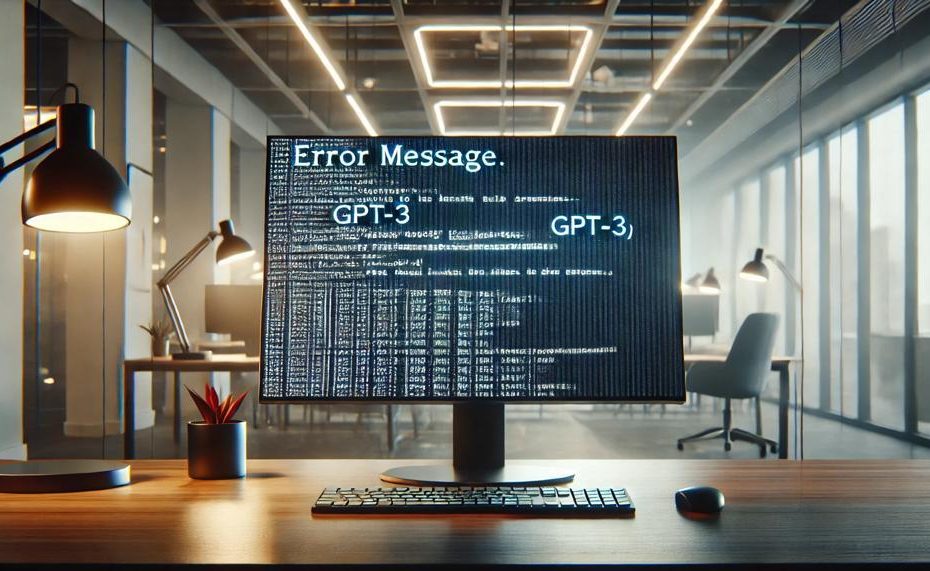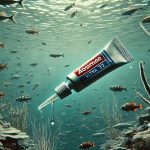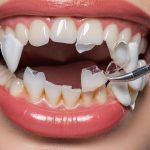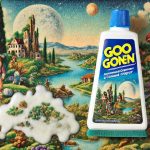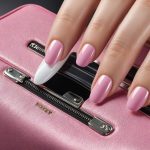The short answer is: yes, but with some caveats. Gorilla Glue’s industrial-strength adhesive can potentially bond even the most stubborn materials, including ceramics. However, several factors come into play when gluing plates:
- Plate Material – Gorilla Glue works best on porous surfaces like earthenware or stoneware. Non-porous plates (glass, glazed ceramics) may not achieve a reliable bond.
- Surface Prep – Meticulous cleaning and drying of the plate surfaces is crucial for optimal adhesion. Any grease, dirt, or moisture can interfere with the glue’s bonding ability.
- Application Technique – Following instructions precisely is key. Too much glue can ooze out and ruin the plate’s appearance as it expands while curing. Clamping is recommended for a minimum of 2 hours.
- Appearance – Gorilla Glue dries to an unsightly brown color that may clash with certain plate designs or colors. Some tricks can lighten the shade, but may impact bonding strength.
Intrigued? There’s more to consider with this unconventional glue-plate pairing. Keep reading to learn the full dos and don’ts for a smooth, successful repair using Gorilla Glue on your dinnerware.
Table of Contents
Ceramic Glues
The best types of ceramic glues to use on a plate are super glue and epoxy. These adhesives offer strong bonding, water resistance, and versatility for repairing ceramics like plates.
| Glue Type | Key Benefits | Considerations |
| Super Glue |
|
|
| Epoxy |
|
|
For ceramic plates, prioritize waterproof formulas to withstand washing and liquids. Reputable brands like Gorilla Glue offer specialized adhesives designed for ceramics and pottery. When gluing plates intended for food use, ensure the adhesive is non-toxic and food-safe once fully cured.
Proper surface preparation is crucial – clean and dry the pieces thoroughly before application. Follow instructions carefully, applying a thin, even layer and clamping pieces together until fully set.
We Recommend
| For bonding plates, we recommend opting for specialized food-grade adhesives rather than heavy-duty construction glues like Gorilla Glue. Suitable alternatives include: | These adhesives are formulated to be non-toxic, odorless, and safe for contact with food surfaces, ensuring your repaired plates remain hygienic and suitable for serving meals. | Food-safe epoxy and silicone adhesives provide a strong, durable bond while meeting stringent health regulations. |
| Proper surface preparation is crucial for optimal adhesion. Thoroughly clean and lightly abrade the areas to be bonded, following the manufacturer’s instructions for application and curing. | Exercising care during this process ensures a secure, long-lasting repair that won’t compromise the integrity or safety of your dinnerware. | With the right food-safe adhesive and meticulous technique, you can extend the lifespan of your favorite plates without risking potential contamination or hazards. |
| Remember, while construction adhesives offer impressive strength, their chemical compositions may not be suitable for surfaces that come into direct contact with food. | Prioritizing specialized food-grade options is a prudent choice for maintaining a safe, hygienic dining experience. | By heeding expert recommendations and investing in the proper materials, you can enjoy your repaired plates with peace of mind. |
Other Ceramic Glues
| Yes, there are several alternative options to using Gorilla Glue on a plate for ceramic repairs. While Gorilla Glue is a versatile adhesive, it may not be the best choice for repairing ceramics due to its potential for discoloration and lack of flexibility. Here are some recommended alternatives: | Ceramacast Ceramic Repair Adhesive | |
| This specialized ceramic adhesive forms a strong, waterproof bond and dries clear, making it ideal for repairing plates and other ceramic items. It is designed to withstand high temperatures and is dishwasher-safe once cured. | JB Weld ClearWeld Epoxy Syringe | |
| This two-part epoxy adhesive cures to a clear, waterproof, and heat-resistant bond, making it suitable for repairing ceramic plates. It is easy to apply and can be sanded or drilled once cured. | Gorilla Epoxy Adhesive | |
While Gorilla Glue is a versatile adhesive, it may not be the best choice for repairing ceramics due to its potential for discoloration and lack of flexibility. The alternatives mentioned above, such as Ceramacast Ceramic Repair Adhesive, JB Weld ClearWeld Epoxy Syringe, and Gorilla Epoxy Adhesive, are specifically designed for ceramic repairs and offer clear, waterproof, and heat-resistant bonds.
Glass Glue
The optimal adhesive to bond glass hinges on the specific glass type and project requirements. While Gorilla Glue can technically adhere to glass, it may not be the ideal choice for certain applications. For bonding glass plates, specialized glass adhesives or clear epoxies are generally recommended.
| Adhesive Type | Suitable For | Limitations |
| Cyanoacrylate (Super Glue) | Bonding small glass objects, temporary repairs | Low shear strength, prone to yellowing |
| Silicone Adhesives | Sealing glass joints, aquariums, windows | Not ideal for structural bonding |
| Epoxy Adhesives | Strong, durable bonding of glass, ceramics, metals | Longer curing time, potential for discoloration |
| UV-Curable Adhesives | Precision bonding, clear and strong bonds | Requires UV light source, may not cure in shadowed areas |
For bonding glass plates or dishes, clear epoxy adhesives like JB Weld ClearWeld or Gorilla Epoxy are excellent choices. These specialized adhesives offer superior strength, clarity, and resistance to heat and moisture, making them ideal for repairing or bonding glass tableware.
While Gorilla Glue can bond to glass, it may discolor or become opaque over time, potentially marring the appearance of your glass project. Additionally, its expansion during curing could potentially cause cracks or stress on delicate glassware.
In summary, for bonding glass plates or dishes, opt for clear, specialized epoxy adhesives designed explicitly for glass and ceramic applications.

Wood Glue
| For repairing a broken glass plate | Weldbond glue | Safer and less toxic, but not the strongest bond. Apply on one edge and clamp for 4 hours. |
| For repairing a broken wooden plate | Elmer’s Carpenter’s Glue | Weaker bond, but porous nature allows for stronger adhesion to wood. Apply on both edges and clamp for 30 minutes. |
| Gorilla Glue | Not recommended for repairing plates as it may be too strong, difficult to remove, and could potentially cause cracks or discoloration. | |
Based on the research, Gorilla Glue is not a suitable option for repairing broken plates. For glass plates, Weldbond glue is recommended as it is safer and less toxic, although not the strongest bond. Apply it on one edge of the broken pieces and clamp them for up to 4 hours for the strongest bond. For wooden plates, Elmer’s Carpenter’s Glue is the best option due to its porous nature, allowing for a stronger bond with wood.
Conclusion
In the realm of adhesives, Gorilla Glue’s versatility has captivated many DIYers, but when it comes to repairing ceramic plates, a more tailored approach is advisable.
While this industrial-strength adhesive can potentially bond even the most stubborn materials, several factors demand meticulous consideration. Surface preparation, application technique, and the plate’s material all play a crucial role in achieving a seamless and long-lasting repair.
Ultimately, specialized ceramic adhesives or food-safe epoxies emerge as the more prudent choices, ensuring your repaired dinnerware remains both durable and hygienic for serving meals.

